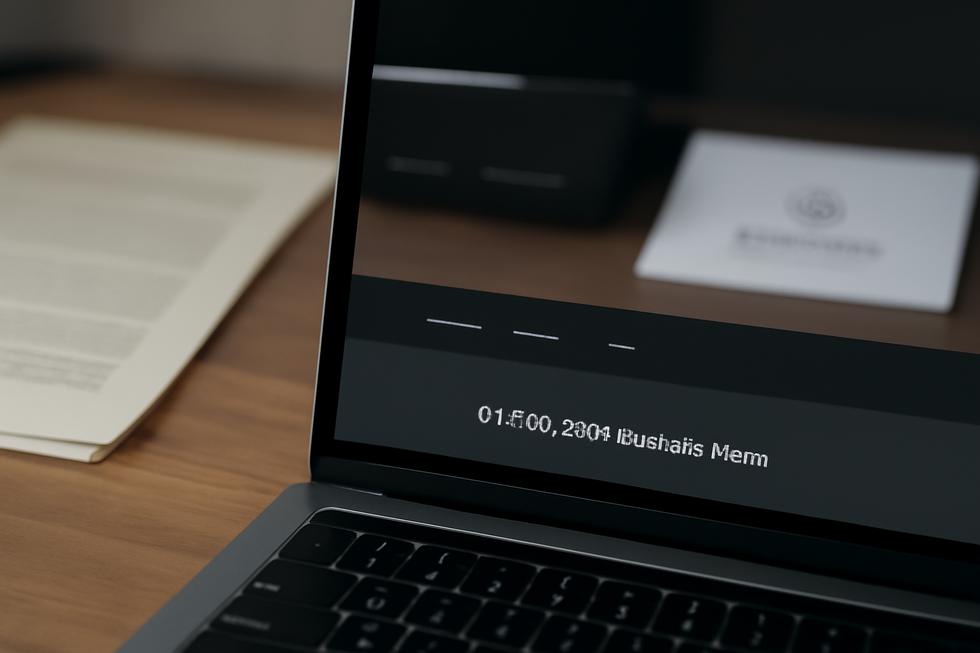Introduction
For business owners, safeguarding digital content is a critical aspect of maintaining a competitive edge and protecting brand value. One of the simplest yet most effective ways to assert ownership over your website’s content is through a properly formatted copyright line. Far from just a formality, this small element signals clear ownership, helps deter infringement, and supports your legal position if disputes arise. Understanding what constitutes an effective copyright line, its legal implications, best placement practices, and how to incorporate updates or additional registration information is paramount. This guide unpacks these elements in six focused chapters, providing clear insights that equip you to confidently implement and maintain a copyright line tailored specifically for your business website.
Tables of Contents
Chapter 1: Fundamentals of a Copyright Line for Website
- Harnessing Digital Tools to Strengthen Your Website’s Copyright Line
- Economic Impact and Strategic Value of Website Copyright Lines
- How Geopolitical Forces Shape Copyright Lines on Websites
- Societal Influence: How Copyright Lines Empower Creators and Culture
Chapter 2: Format and Components of Copyright Line for Website
- Technological Foundations of Structuring a Website Copyright Line
- Economic Impact of Copyright Line Elements on Website Protection and Revenue
- Navigating Geopolitical Nuances in Crafting Website Copyright Lines
- How the Copyright Line’s Format Strengthens Legal Protection and Fosters Respect Online
Chapter 3: Legal Significance of Copyright Line for Website
- How Technology Amplifies the Legal Power of Website Copyright Lines
- Economic Implications of Website Copyright Lines in Protecting Digital Assets
- How Geopolitical Variations Shape the Legal Impact of Website Copyright Lines
- How Copyright Lines Foster Legal Enforcement and Societal Respect for Website Content
Chapter 4: Placement Best Practices for Copyright Line for Website
- Optimizing Footer Placement: Ensuring Consistent and Accessible Copyright Lines Across Your Website
- Strategic Placement of Copyright Lines: Enhancing Brand Value and Operational Efficiency
- Navigating Legal and Geopolitical Dimensions in Copyright Line Placement
- Enhancing User Trust and Accessibility Through Optimal Copyright Line Placement
Chapter 5: Example Usage and Year Ranges in Copyright Line for Website
- Optimizing Formatting and Year Range Conventions for Clear Website Copyright Lines
- Navigating Legal and Economic Benefits of Year Ranges in Website Copyright Lines
- Building Trust and Transparency Through Clear Copyright Usage and Year Ranges
- Crafting Effective Copyright Lines: Practical Year Ranges and Ownership Clarity
Chapter 6: Supplemental Details and Registration Information in Copyright Line for Website
- Integrating Technology and Legal Precision in Website Copyright Notices
- Economic Advantages of Including Registration and Supplemental Details in Website Copyright Lines
- Navigating Global Legal Nuances: Supplemental and Registration Details in Website Copyright Lines
- How Supplemental Copyright Details Empower Legal Clarity and Public Trust Online
Chapter 1: Fundamentals of a Copyright Line for Website
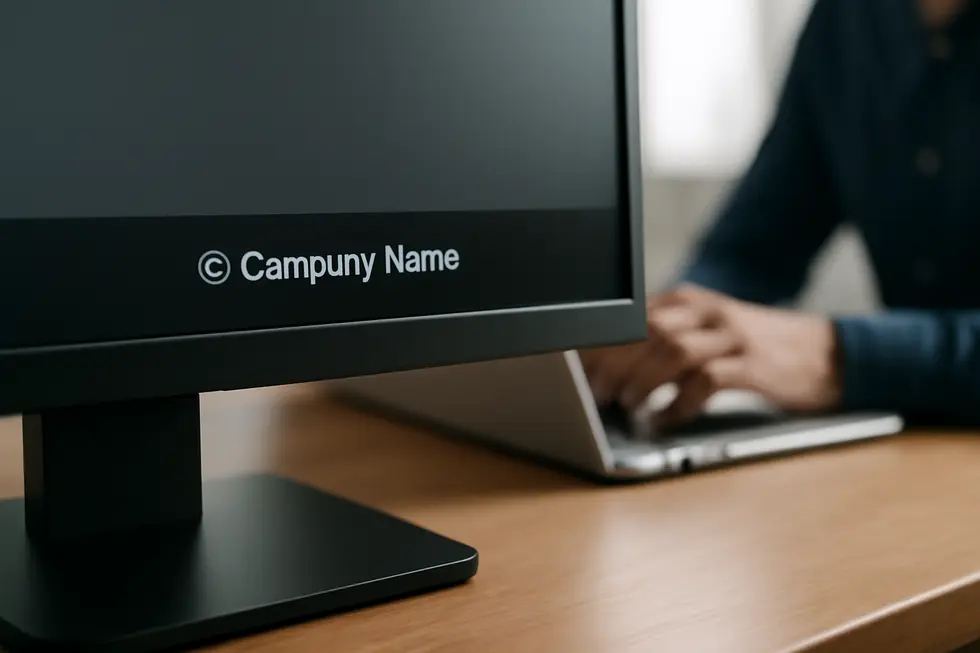
1. Harnessing Digital Tools to Strengthen Your Website’s Copyright Line
The technological foundation of a website’s copyright line extends beyond simply displaying ©, year, and owner. Modern digital tools amplify copyright protection by integrating AI detection systems that scan the web for unauthorized content use, enabling swift identification and response to infringements. Automated filters on hosting platforms further prevent or flag unauthorized sharing instantly. Invisible digital watermarks embedded in images or videos trace copies back to their source discreetly, while blockchain technology offers tamper-proof proof of ownership and timestamps, securing authorship claims with transparency. Complementing these, formal copyright registration strengthens legal standing and eligibility for damages. Together, these technologies enhance a website’s copyright line from a static notice to a dynamic shield actively protecting original content. For further insight on enforcing copyright with technology, legal perspectives can be explored at Trademark2Go’s overview of tech enforcement mechanisms. Additionally, external guidance on securing digital copyrights is valuable, as detailed by LegalZoom’s resources.
2. Economic Impact and Strategic Value of Website Copyright Lines
A well-crafted copyright line on a website is more than a legal formality—it signals ownership and unlocks economic value. By asserting exclusive rights to reproduce and distribute content, it lays the foundation for revenue generation through licensing and commercial use. This not only incentivizes creativity but also protects against unauthorized use that can cause financial loss. However, the cost of monitoring and enforcing copyright claims must be balanced against these benefits, posing challenges especially for small businesses. Including a clear copyright line fosters recognition of moral rights and can strengthen legal claims, which in turn enhances economic control over digital assets. For a deeper understanding of the economic role of copyright, consult this copyright definition in economics for business.
3. How Geopolitical Forces Shape Copyright Lines on Websites
The copyright line on a website transcends legal formality, operating within a complex geopolitical landscape. Geopolitical tensions influence how content ownership is perceived and enforced, as states assert digital sovereignty and control information flows. For example, territorial disputes or international sanctions can limit access to content or weaken cross-border enforcement of copyrights. Additionally, the emergence of AI and cyber warfare adds layers of complexity, where digital content protection intersects with cybersecurity concerns amid global conflicts. Economic power struggles also dictate how intellectual property rights and pricing authority are exercised internationally, affecting the weight and reach of a copyright claim displayed on websites. This dynamic reveals how a seemingly simple footer line reflects broader international relations and technological challenges, underscoring the role of geopolitical context in safeguarding digital ownership. For deeper insights, consider exploring detailed discussions on copyright language for business owners and its intersection with global enforcement.
4. Societal Influence: How Copyright Lines Empower Creators and Culture
A copyright line on a website transcends legal formality to impact society by protecting creative ownership and encouraging innovation. It visibly asserts rights through the © symbol, publication years, and owner’s name—clarifying digital content ownership in an age where copying is effortless. This clarity aids enforcement while respecting fair use, balancing the societal need for knowledge sharing with creators’ rights. By promoting awareness of intellectual property, copyright lines foster respect for creative works, nurturing cultural growth and economic development. They embody a fundamental social contract underpinning innovation and equitable cultural wealth distribution across generations. For more insight, explore comprehensive copyright definitions and their economic role.
Chapter 2: Format and Components of Copyright Line for Website
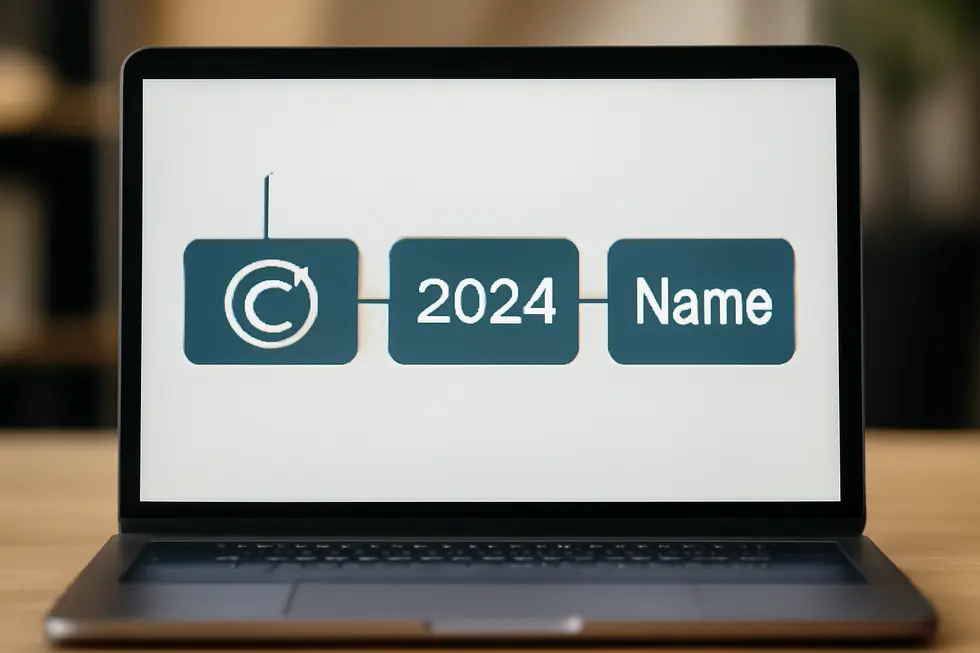
1. Technological Foundations of Structuring a Website Copyright Line
The technological foundation of a website copyright line hinges on clear, standardized formatting to establish ownership and legal clarity. It typically features the copyright symbol ©, publication year or range, and the rights holder’s name, embedded consistently in the HTML footer for both human visibility and machine readability. This ensures uniform display across pages and supports indexing by search engines. Additional elements like licensing details may be included to clarify usage permissions, especially for third-party content, adhering to strict license conditions. Updating the year range reflects ongoing content changes, preserving legal relevance. Additionally, font usage for the line must respect font licensing to avoid infringing intellectual property rights. Overall, this integration balances legal protection with practical website design considerations. For further practical guidance, see Bytescare’s insights on copyright notices.
2. Economic Impact of Copyright Line Elements on Website Protection and Revenue
The format and components of a website’s copyright line play a crucial role in its economic effectiveness. A clear copyright line—including the © symbol, accurate publication years, and the copyright holder’s name—strengthens legal clarity, deterring infringement by removing plausible deniability. This reduces potential legal costs and economic losses from unauthorized use. Moreover, transparent copyright notices support fair licensing by defining usage boundaries, enabling platforms to set justified fees and protect creator revenue. Conversely, misleading copyright claims, or copyfraud, hinder market fairness by artificially inflating costs and limiting access. Consistently placed, well-formatted copyright lines foster consumer trust, encouraging lawful use and sustainable digital ecosystems. For deeper insights on copyright economics, see copyright definition economics business.
3. Navigating Geopolitical Nuances in Crafting Website Copyright Lines
Copyright lines on websites generally follow a familiar format: the © symbol, relevant year(s), and the copyright holder’s name. However, geopolitical realities significantly influence these elements’ presentation and content. Diverse national laws dictate variations in duration, enforcement, and required notices, causing website owners to adapt their copyright lines accordingly. International treaties like the Berne Convention offer baseline harmonization but leave room for country-specific licenses and territorial restrictions. Cultural perspectives on intellectual property also shape wording choices, fairness disclaimers, and attribution details. Thus, a well-crafted copyright line reflects legal mandates and cultural expectations across borders, strengthening protection while respecting global diversity. For further insights on copyright language tailored for business owners, consult this copyright language guide. External reference: Trademark2Go’s analysis of geopolitical impacts on copyright enforcement.
4. How the Copyright Line’s Format Strengthens Legal Protection and Fosters Respect Online
A properly formatted copyright line—featuring the © symbol, publication year(s), and copyright holder’s name—serves beyond mere formality. It functions as a clear public declaration of ownership, significantly deterring infringement by signaling that unauthorized use is unlawful. This clarity diminishes the possibility of an innocent infringement defense, enabling stronger legal claims and potentially higher damages in disputes. Additionally, it aids licensors and users in identifying rights holders for permissions or licensing, essential for enforcement actions. Societally, this visible notice educates users about intellectual property rights, nurturing respect for creators and promoting a culture that values protected digital content. Such combined legal and social effects enhance the integrity of creative work on websites, reinforcing both individual and collective interests in the digital realm. For more detailed legal guidance, refer to the University of Michigan’s Copyright Basics Guide.
Chapter 3: Legal Significance of Copyright Line for Website
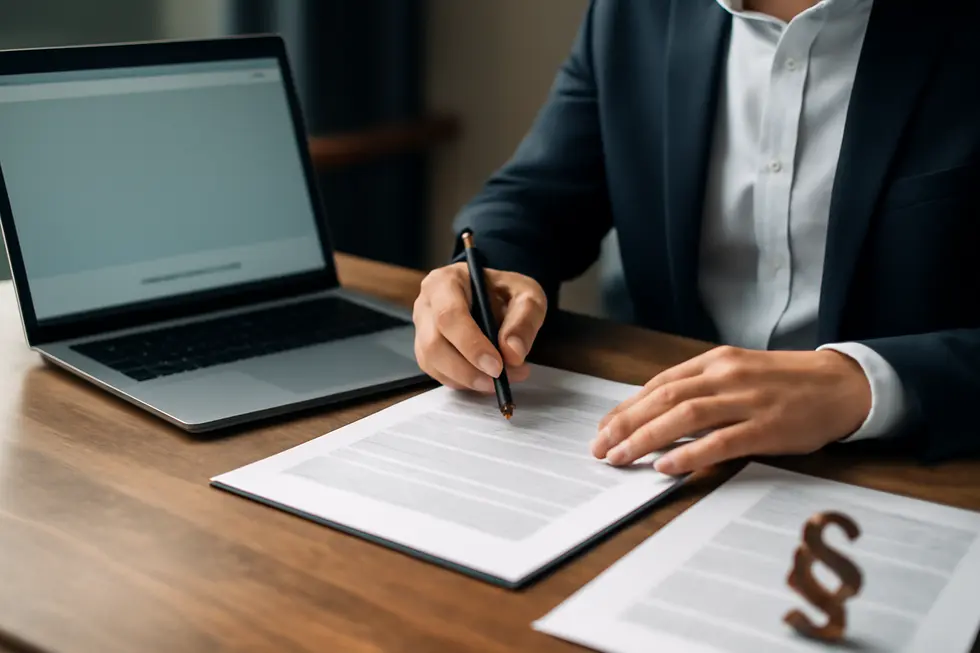
1. How Technology Amplifies the Legal Power of Website Copyright Lines
The copyright line on a website is more than a legal formality; it plays a crucial technological role in protecting content. Displaying © with the publication year and owner’s name clearly signals ownership and aids automated systems in detecting unauthorized use. This visibility deters infringement by making ownership plainly evident, discouraging the defense of “innocent infringement” in legal disputes. Moreover, such lines streamline digital rights management by linking content to licensing contacts and enforcement processes. While copyright protection is automatic upon creation, combining a well-formatted copyright line with registration fortifies both enforcement and deterrence. For deeper insight into copyright notices and registrations, resources like the University of Michigan’s Copyright Basics FAQ provide valuable guidance.
2. Economic Implications of Website Copyright Lines in Protecting Digital Assets
A copyright line on a website serves as a crucial economic safeguard for digital content by visibly asserting ownership and deterring unauthorized use. It reduces legal risks by minimizing innocent infringement claims and strengthens enforcement positions, potentially increasing damages awarded in litigation. Beyond protection, this notice supports monetization by enabling exclusive licensing and sales of content, preserving brand integrity and user trust essential for online commerce. While automatic protection applies upon creation, prominently displaying a copyright line enhances the owner’s control and aids in effective rights management. This economic dimension underscores why websites benefit significantly from clear copyright notices. For further insight, see the detailed copyright definition for businesses and legal perspectives from LegalZoom.
3. How Geopolitical Variations Shape the Legal Impact of Website Copyright Lines
The legal significance of a website’s copyright line varies greatly across geopolitical boundaries, reflecting diverse national laws and enforcement norms. Different countries interpret intellectual property through distinct cultural and political lenses, influencing the rights and protections conveyed by a copyright notice. International treaties seek harmonization, yet allow nations to retain unique rules on copyright duration and territorial reach, affecting cross-border licensing and dispute resolution. Emerging technologies, such as AI-generated content, further complicate these differences. Moreover, geopolitical tensions manifest in cyber threats that risk digital content security, making copyright lines critical signals of ownership and compliance. Website owners must navigate these dynamic geopolitical factors to safeguard their digital rights effectively. For a deeper understanding of how international copyright varies, explore the characteristics of copyright. To grasp the security dimension, see the analysis on nation-state cyber threats.
4. How Copyright Lines Foster Legal Enforcement and Societal Respect for Website Content
A copyright line on a website serves as both a legal and societal signal asserting ownership of original content. Legally, it strengthens claims by informing visitors of copyright status, which can increase damages awarded if infringement occurs. Though not mandatory for protection, it supports enforcement actions like injunctions and monetary relief, especially when combined with formal registration. Societally, the line educates users that content is protected intellectual property, fostering respect for creators and discouraging unauthorized use. This awareness aids compliance with laws such as the DMCA, balancing protection with fair use. These combined functions underscore the copyright line’s important role in safeguarding website content.
For additional guidance on copyright notices and their effective use, see this detailed resource on copyright language for business owners.
Chapter 4: Placement Best Practices for Copyright Line for Website
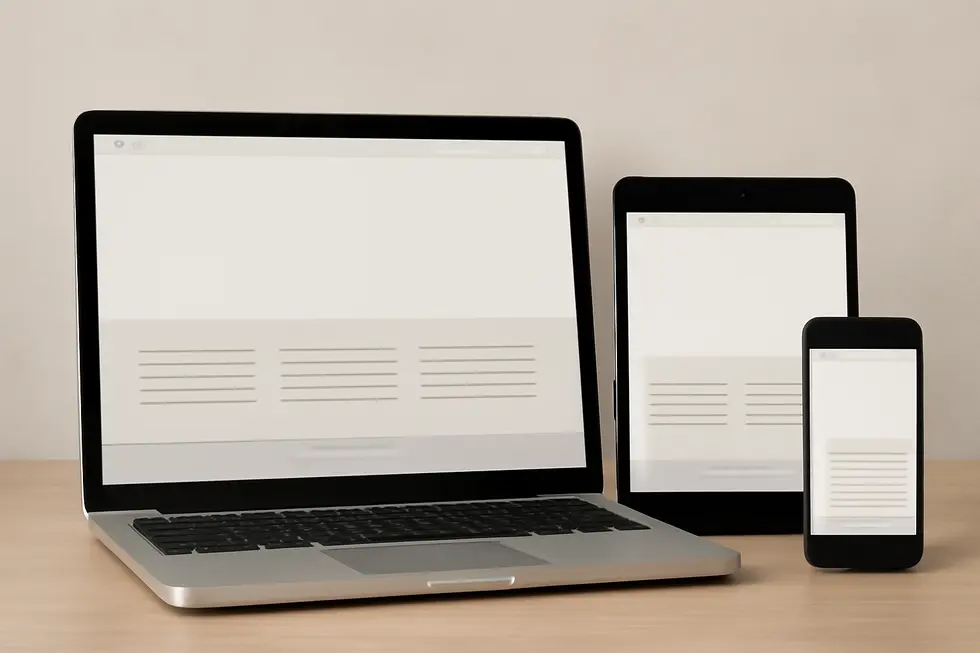
1. Optimizing Footer Placement: Ensuring Consistent and Accessible Copyright Lines Across Your Website
A website’s footer is the optimal location for displaying a consistent copyright line on every page, guaranteeing continuous attribution and legal clarity. This placement unifies site-wide messaging without disrupting main content, often integrating smoothly with legal disclaimers and secondary navigation. Maintaining uniform format—featuring the © symbol, updated year(s), owner’s name, and optionally “All rights reserved”—across all pages reinforces professionalism and prevents confusion. Responsive design ensures the footer remains accessible and legible on all devices, with sticky footers enhancing visibility without compromising usability. Including links to policies or contact options further supports transparency and user engagement. For in-depth guidance on crafting effective copyright wording, see copyright language business owners.
2. Strategic Placement of Copyright Lines: Enhancing Brand Value and Operational Efficiency
Positioning a copyright line consistently at the footer across all website pages is an economical and effective strategy. It projects professionalism, reassuring visitors of clear intellectual property ownership, which strengthens brand trust and credibility. This consistency also streamlines content management by localizing updates, saving time and reducing errors when copyright years or ownership change. Additionally, a well-placed copyright notice aids legal clarity, potentially deterring infringement and minimizing costly disputes. Balancing these factors enhances a site’s user experience and operational workflow. For deeper legal insights into copyright wording and effectiveness, the copyright language business owners guide offers valuable recommendations.
3. Navigating Legal and Geopolitical Dimensions in Copyright Line Placement
Placing a copyright line in the website footer remains the best practice for legal clarity and enforcement. This placement ensures consistent visibility without disrupting content, signaling ownership unmistakably. Although not legally mandatory, the notice—featuring the © symbol, publication year(s), and copyright holder’s name—strengthens claims against infringement worldwide. However, differing international copyright laws require additional caution: websites with global reach should incorporate jurisdiction clauses in terms of use to define governing law in disputes. Employing a standardized copyright format helps maintain legal recognition across borders. For further protection, timely registration with relevant authorities enhances enforceability, supporting claims for statutory damages and legal fees. For deeper insights, explore the copyright language for business owners and consult resources like the Naval War College LibGuide on copyright.
4. Enhancing User Trust and Accessibility Through Optimal Copyright Line Placement
Placing the copyright line thoughtfully enhances both user experience and societal trust by balancing visibility with subtlety. Typically located in the website footer, this position meets user expectations and avoids distraction from key content. Clear, readable typography with proper contrast supports accessibility, ensuring all users, including those with disabilities, can perceive ownership information easily. Adequate whitespace prevents clutter, sustaining a clean design that guides attention organically. Beyond design, the copyright line communicates legal rights clearly, fostering transparency and professionalism that strengthen a site’s credibility. Such practices align with copyright language for business owners resources, which emphasize precise and accessible legal notices for effective intellectual property communication.
Chapter 5: Example Usage and Year Ranges in Copyright Line for Website
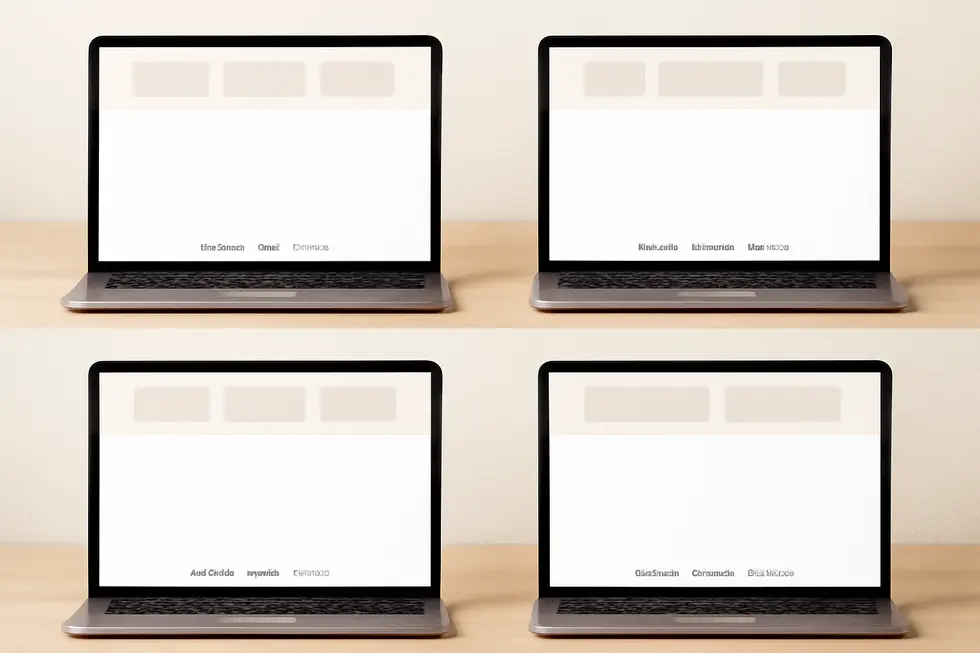
1. Optimizing Formatting and Year Range Conventions for Clear Website Copyright Lines
When crafting copyright lines for websites, adhering to precise formatting enhances clarity and professionalism. Use left-aligned text to improve readability, avoiding full justification unless hyphenation is finely adjusted. Limit font choices to two families—typically a sans serif like Arial or a serif like Times New Roman—balancing UI clarity with authoritative tone. Maintain body text around 11–12 pt with 1.15 to 1.5 line spacing and paragraph spacing of 6–12 pt, keeping lines between 55 and 85 characters for optimal visual comfort. For the year range, format it as “© 2015–2025” to indicate continuous copyright coverage, using a hyphen rather than a dash for clarity. If dates are uncertain, apply conventions like “ca.” or “n.d.” to denote approximations or absence of dates. These standards support clear communication of ownership and uphold accessibility through high color contrast and semantic structure. For a deeper dive into effective copyright language for business, consult copyright language guidelines for business owners.
2. Navigating Legal and Economic Benefits of Year Ranges in Website Copyright Lines
Including year ranges in a website’s copyright line serves multiple important legal and economic functions. Legally, the range (e.g., © 2010–2025) signals the span during which content was created or updated, deterring innocent infringement defenses by informing users of continuous ownership. Although not mandatory, accurate year ranges strengthen claims and reduce litigation risks. Economically, they demonstrate ongoing investment and upkeep, enhancing brand credibility and supporting licensing negotiations. Misleading or inaccurate years, however, may weaken protection. Thus, a well-maintained, precise copyright line fosters both clearer legal standing and economic value by underscoring the website’s active management and protection of intellectual property. For further practical guidance, see the copyright information example for businesses and official resources like the U.S. Copyright Office.
3. Building Trust and Transparency Through Clear Copyright Usage and Year Ranges
Including explicit copyright lines with precise year ranges and usage instructions strengthens both societal respect and user confidence. Clear copyright statements communicate ownership and the time frame of protection, helping society recognize creators’ rights and discouraging misuse. For users, seeing active year ranges such as “2018–2025” signals ongoing content updates and protection, enhancing credibility. Moreover, example usage guidelines reduce confusion by clarifying permissible content use, fostering responsible engagement and minimizing accidental infringement. Photography sites often exemplify this approach by combining detailed copyright notices with usage terms, which nurtures trust while reinforcing legal protections. For deeper insights, explore guidance on effective copyright text usage in websites like Bytescare’s blog on photo copyright text.
4. Crafting Effective Copyright Lines: Practical Year Ranges and Ownership Clarity
An effective copyright line on a website clearly communicates ownership and duration of protection. Using a year range, such as © 2018–2025 Your Company Name, signals the original publication date and the most recent update year, highlighting continuous copyright coverage. This is essential for websites with regularly updated content, ensuring copyright protection remains evident. Including the copyright owner’s name directly after the date range reinforces legal ownership and deters infringement. Additionally, linking to key legal documents like Terms and Conditions or License Agreements provides transparency about rights and usage. Adhering to these practices supports legal compliance and helps visitors understand the scope of protection, reducing liability for website owners. For more detailed copyright terms tailored to businesses, see this comprehensive guide on copyright language for business owners.
Chapter 6: Supplemental Details and Registration Information in Copyright Line for Website
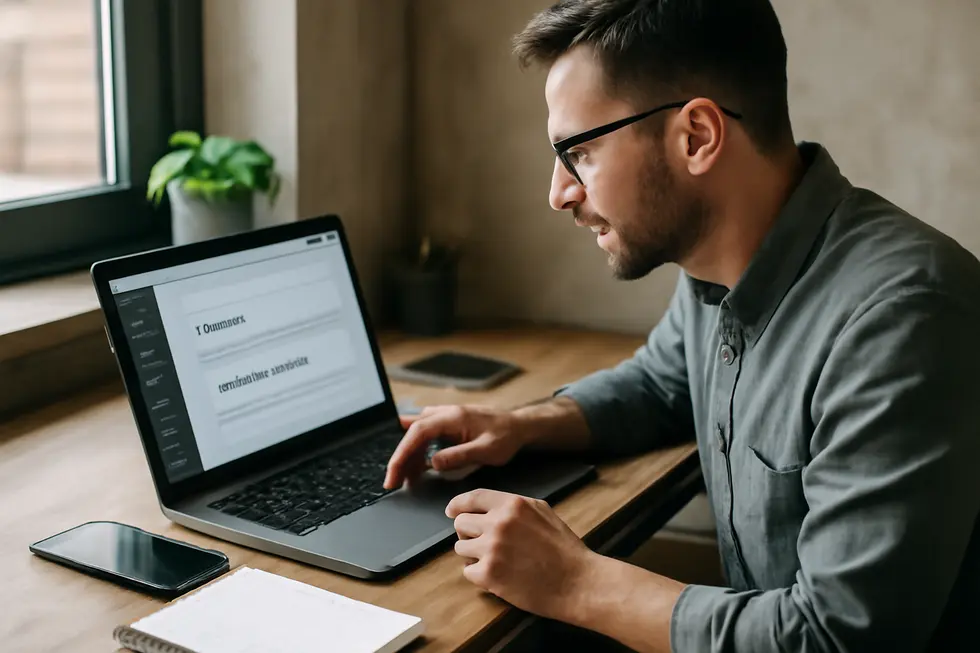
1. Integrating Technology and Legal Precision in Website Copyright Notices
Incorporating technological details into a website’s copyright line enhances clarity and legal protection. This includes specifying update years, software versions, or platform elements relevant to the copyrighted content. Although copyright registration is not mandatory, filing with the U.S. Copyright Office offers tangible benefits such as statutory damages eligibility and legal fee recovery. Websites, as evolving digital assets, require clear identification of protected content often supported by stylized formatting or hyperlinks to detailed notices. Maintaining precise records during registration and drafting notices tailored for DMCA enforcement strengthens ownership claims. For comprehensive guidance on electronic filing and web-specific registration nuances, see LegalZoom’s expert overview on securing copyright online.
2. Economic Advantages of Including Registration and Supplemental Details in Website Copyright Lines
Incorporating supplemental details and registration information in a website’s copyright line significantly enhances its economic value. Registered copyrights enable claimants to pursue statutory damages and attorney’s fees, strengthening legal enforcement and deterring infringement. This legal backing cultivates market trust by signaling professionalism and legitimacy, which can increase licensing opportunities and revenue streams. Moreover, clear, detailed copyright notifications reduce the risk of copyfraud, safeguarding creators from undue financial losses caused by false claims. Although registering copyright involves fees and administrative effort, these expenses are generally outweighed by the enhanced protection and economic benefits. Ultimately, this practice supports innovation and growth within digital creative industries. For further insights, consult the U.S. Copyright Office’s resources on registration benefits and procedures.
3. Navigating Global Legal Nuances: Supplemental and Registration Details in Website Copyright Lines
The inclusion of supplemental details and registration information in a website’s copyright line reflects a complex legal and geopolitical landscape. In the United States, while registration is optional, adding registration data—such as a registration number—not only notifies the public of ownership but strengthens enforcement avenues and eligibility for statutory remedies in infringement disputes. Conversely, many countries rely on the Berne Convention, eliminating mandatory registration formalities, yet some jurisdictions offer advantages for registered works. Emerging international frameworks, including the EU’s Digital Services Act, further complicate cross-border enforcement by influencing platform liability and content governance. Thus, detailed copyright lines serve as crucial signals of ownership status and legal readiness across diverse regulatory realms. For practical guidance on this, see Why Do I Need to Register My Copyrights?.
4. How Supplemental Copyright Details Empower Legal Clarity and Public Trust Online
Including supplemental details and registration information within a website’s copyright line plays a pivotal role in enhancing legal clarity and protecting creators’ rights. This transparency aids enforcement by clearly identifying ownership and registration status, thus discouraging infringement and enabling stronger legal claims. Public awareness benefits as clear notices inform users of usage rights, reducing accidental violations and fostering respect for intellectual property. Moreover, well-documented copyright notices support economic growth by encouraging innovation through secure creative investment. However, maintaining a balance is essential since overly restrictive information could hinder fair use and knowledge sharing, underscoring the delicate interplay between protection and public access. For deeper legal insights, consult this copyright FAQ.
Final thoughts
A clearly articulated copyright line is a foundational yet often overlooked tool for business owners to assert and communicate ownership of website content. Understanding its fundamentals, from the essential elements and proper format to the important legal nuances, empowers you to better protect your digital assets. Moreover, placing the copyright line strategically in your website’s footer ensures continuous visibility, while correctly using year ranges reflects your content’s evolution. Although supplemental legal registration details are optional on the site itself, including them elsewhere can further strengthen your rights. Implementing these best practices not only deters infringement but also reinforces your professional credibility. Taking these steps demonstrates your commitment to protecting your intellectual property, ensuring your hard work and creativity remain firmly under your control.
Your IP is the foundation of your success – let’s protect it together before it’s too late. We can’t wait to help you turn your ideas into legally secured assets.
About us
undefined
